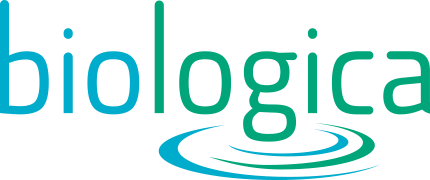The zooplankton (pronounced ZOO-plankton or ZOH-plankton) are heterotrophic (organisms that cannot manufacture their own food and therefore derive it from consuming organic substances) plankton (organisms that live suspended in the water column either because they are non-motile or too small or weak to swim against currents). Zooplankton commonly consume phytoplankton, other zooplankton, and detritus.
Zooplankton are an abundant food source in marine and freshwater systems, and are preyed upon by organisms ranging in size from other zooplankton to baleen whales. Zooplankton are found throughout virtually all habitats of the world’s oceans, as well as throughout freshwater systems such as lakes, ponds, and rivers. The most commonly investigated taxa of zooplankton are Crustacea (such as krill and copepods) although the group also includes larval stages of organisms including fish and macroinvertebrates.

Zooplankton ecology is often investigated in conjunction with studies of fish or other larger groups of organisms, as they are the primary group responsible for converting plant matter into animal tissue. Changes in the zooplankton community often alter food availability to higher trophic levels (fish, whales), and because larval forms of those organisms are also considered zooplankton, those changes can also relate directly to changes in populations of those organisms.
Zooplankton are typically collected with specialized nets with mesh size chosen specifically to ensure target species in that area are not able to pass through. Freshwater plankton net mesh size is typically 20 microns to 150 microns, whereas marine plankton net mesh size is typically 100 microns to 300 microns.
Zooplankton are typically not easily identified without magnification, as most possess distinguishing features not visible to the naked eye. As such, highly trained taxonomists require dissecting and compound microscopes to identify and enumerate zooplankton in samples.


